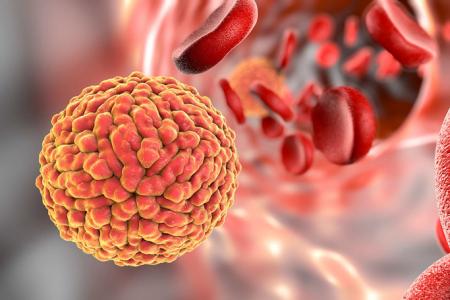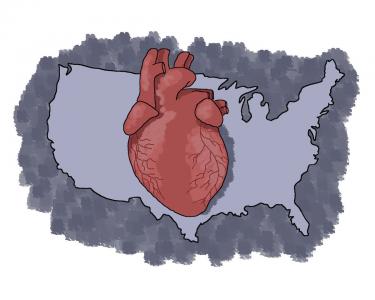Zika Brain Damage May Go Undetected in Pregnancy
By Leila Gray / UW Medicine
“Current criteria using head size to diagnose Zika-related brain injury fail to capture more subtle brain damage that can lead to significant learning problems and mental health disorders later in life,” said Dr. Kristina Adams Waldorf, Professor Global Health and Obstetrics and Gynecology in the University of Washington's Schools of Public Health and Medicine, who specializes in maternal and fetal infections. “We are diagnosing only the tip of the iceberg.”



